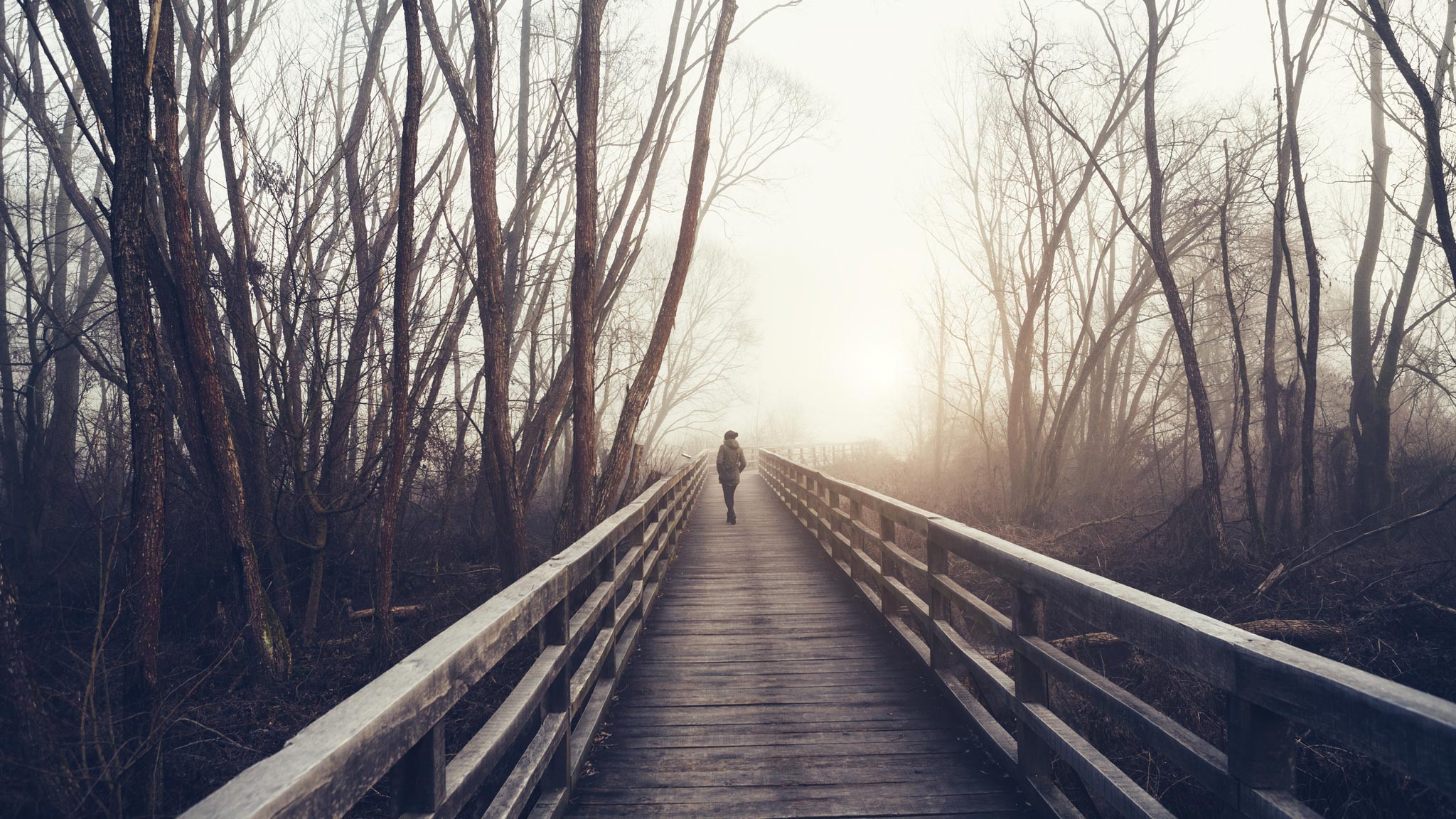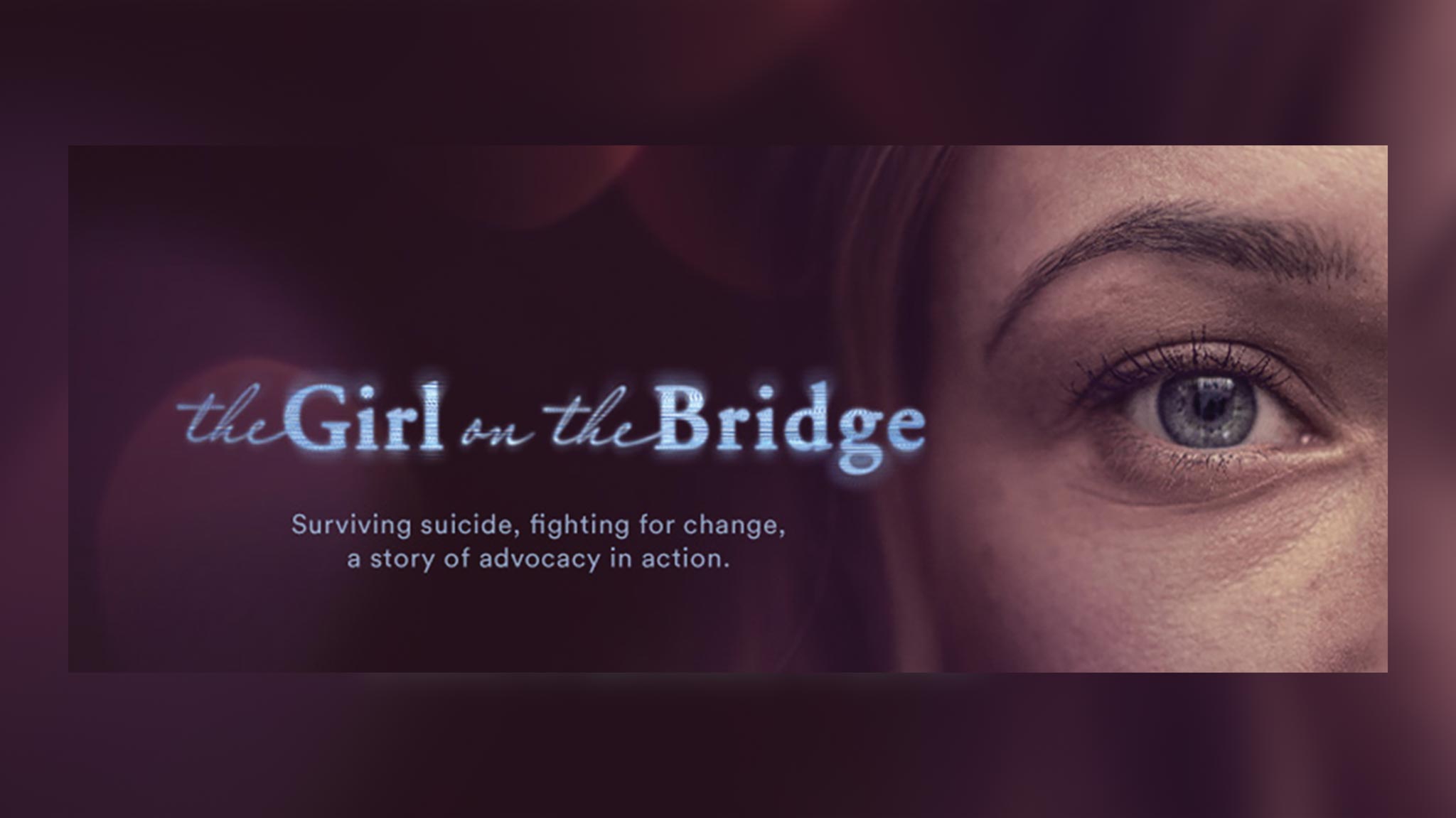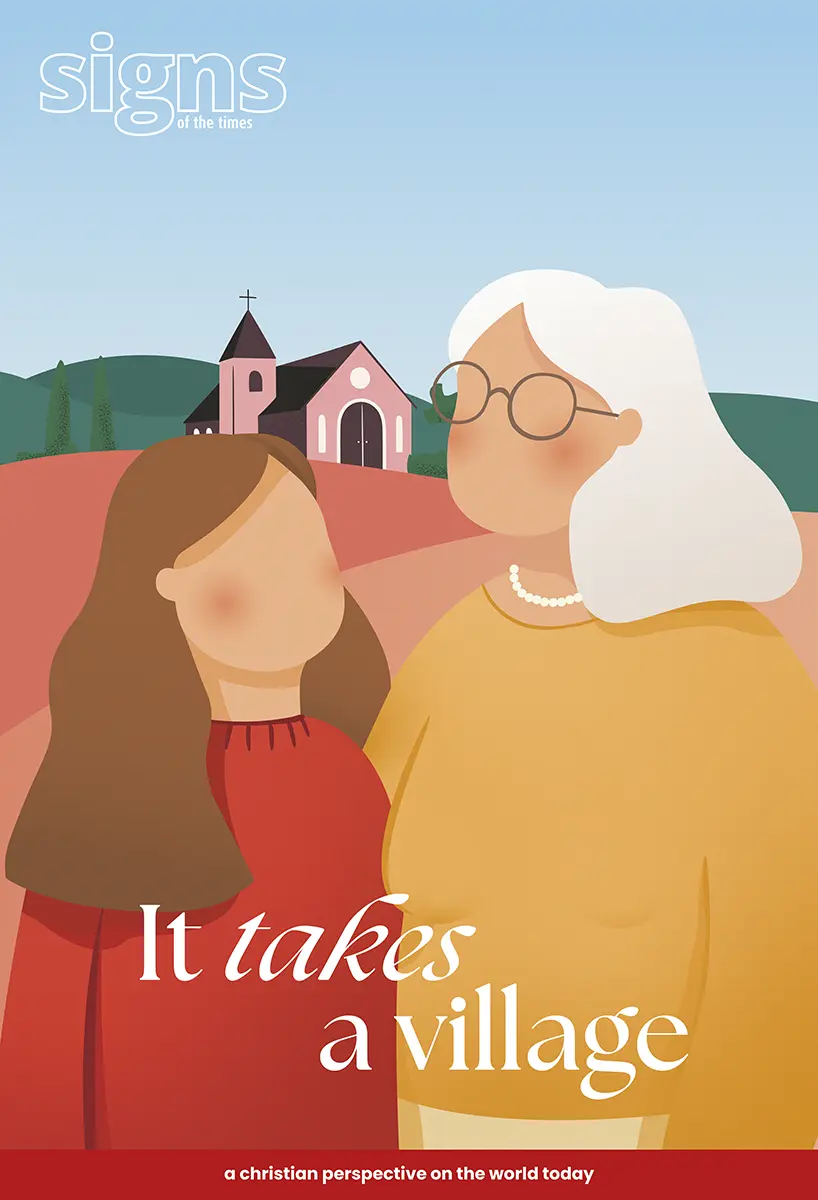The unspoken epidemic
March 31, 2021

Film: The Girl on the Bridge
Director: Leanne Pooley
Release Date: October 10, 2020
“We’re the ones that are dying, and therefore we’re the ones that have to stand up and solve it, because no-one else is going to,” implores Jazz.
The Girl on the Bridge, a confronting and moving documentary, follows Jazz Thornton as she creates a web series to tell a story of hope. Jazz herself has survived multiple suicide attempts and works to support other young people in similar situations.
Jazz’s goal is suicide prevention. She states her purpose is to create change to stop the epidemic of young people dying by suicide. She decides that it is through understanding that she must first change people’s reactions to suicide and suicidal thoughts. The best way to create empathy and understanding for people is to move in close to them and uncover their story.
While this documentary comes out of New Zealand, where suicide rates have risen by more than 100 deaths each year in the last 10 years, Australia’s statistics are just as frightening. Lifeline records that eight Australians die every day by suicide, which is double the road toll. Suicide surpasses all other causes of death for Australians between the ages of 15 and 44. Further, for every life lost to suicide, approximately 135 people are impacted. With many at risk of suicide, and even more affected by suicide attempts, it is clear that this is a significant public health problem.
Recently, my grandfather said he did not previously understand why individuals with depression didn’t just “snap out of it” and move forward. After experiencing significant losses in a short period of time, my grandfather said he realised that sometimes a depressive mood hangs over you and appears for periods of time without you having much control over it. I was initially frustrated that he’d ever thought that, and that this suggested he didn’t value my job as a counsellor. However, I was encouraged that he was expressing this aloud because he no longer agreed with the statement. What better person to watch a documentary about changing the stigma attached to mental illness and suicide, than someone currently coming to more understanding about mental health?

In the film, Jazz is focused on working out how to tell the story of her friend, Jessica. Jessica had expressed a desire to recover and share her story of hope through Jazz’s platform, Voices of Hope. Sadly, Jessica died by suicide, but Jazz sees many similarities between Jessica’s story and her own. Jazz sets out to fulfil Jessica’s desire for her lived experience to bring hope. Obviously, this is going to be a challenge.
By highlighting the similarities and differences between Jazz’s story and Jessica’s, these stories bring to life the statistics of young people at risk of suicide. The pain, anguish and confusion of the family and friends of Jessica present the seriousness and urgency to create change. Their shared backgrounds of abuse demonstrate the importance of understanding the different risk factors behind someone’s attempts to take their own lives. By sharing these deeply personal stories about suicidal behaviour in the most delicate way, Jazz seeks to remove the stigma of suicide attempts as “attention seeking” or that young people just need to “harden up”.
I must admit, the first part of the documentary had me in deep concern for Jazz. I was wary of how the story of her friend would be presented in the light of hope. I was wary for Jazz’s ongoing mental health, as she seemed to have limited boundaries in her well-intentioned efforts to support those experiencing suicidal thoughts.
I was concerned about what these aspects of the film would actually say to other young people. Were other young people going to think that the best way to support people who may be at high risk of suicide or struggling with any number of mental disorders was to be available all the time and take responsibility for helping others without professional psychological or social support?
However, as is clear in the intention of the film, there is hope. The final half of the documentary artfully depicts the conversations Jazz had with the producers of Jessica’s Tree to determine what details to include and how to tell the story to achieve hope and understanding. We see emotional conversations with producers and lawyers discussing what details of the abuse and suicide attempts to disclose. This places the emphasis on the motivation for the storytelling, which becomes more powerful than which information is revealed or not. The film is also careful not to disclose the exact nature of Jessica’s suicide attempt to avoid sensationalising her death.
Ultimately, it is reinforced that Jazz wants to remove the stigma to better support young people’s mental health and to encourage young people to fight for themselves rather than just survive. Jazz emphasises that comments such as, “It will be OK,” minimise the struggle the individual is experiencing and rather, hope-oriented language such as talking about moving towards or away from goals for the future can encourage young people to fight for themselves.
A key aspect of supporting individuals with suicidal behaviour is to share the burden. This applies among mental health professionals and those working in mental health services who are trained to remove their own emotions as well as friends and family. It takes many individuals, professionals and otherwise to share the parts of someone’s story. Jessica’s friends also talked about feeling the way to support her was to hold her secrets about her struggles. An important message from the film is that suicidal ideation is never something to keep a secret about, even at the risk of a friendship. This is not to suggest any one person holds responsibility but that many people often have parts of someone’s story and together they can create a fuller picture of what is going on.
The focus of this documentary is not exactly to provide solutions or tips for supporting loved ones experiencing suicidal thoughts. It also doesn’t show a resolution for Jazz in creating healthy boundaries around her support relationships. But it does offer suggestions. Suicide prevention is hard, emotional work and all individuals involved require mental health support.
I checked in with my grandfather after the documentary finished, aware that it can be a heavy topic for those less familiar. He said he was surprised at how young people could feel worthless their whole lives, as he values young people and loves spending time with them. Grandpa also said he felt moved by the family of Jess, who did their best, but so much was outside of their control. He shared a common misconception that he thought talking more about suicide would give people ideas. Rather, we know talking openly can instil hope that there was help and that people care. Grandpa said he realised the topic of suicide really is not as simple as it might first seem.
Jazz’s final encouragement is this: “Our job is to care and to care in the right way so that people who are struggling can save themselves.”
As part of this job we ought to keep an open mind, consider any unhelpful beliefs we may hold about mental health, mental health conditions or mental illnesses, whether they are about others or ourselves. We must seek to grow empathy for others with the help of thoughtful resources such as this documentary. There are actual human lives behind statistics.
If you, a family member, or someone you know is struggling with suicidal thoughts or is contemplating self-harm, don’t hesitate to reach out to a mature trusted friend, a health care professional or an online/phone helpline or support service such as Lifeline Australia—13 11 14; New Zealand—0800 543 354
Mikaela Matthes lives and works in the Lake Macquarie region and provides counselling services in a local school and in her private practice.













